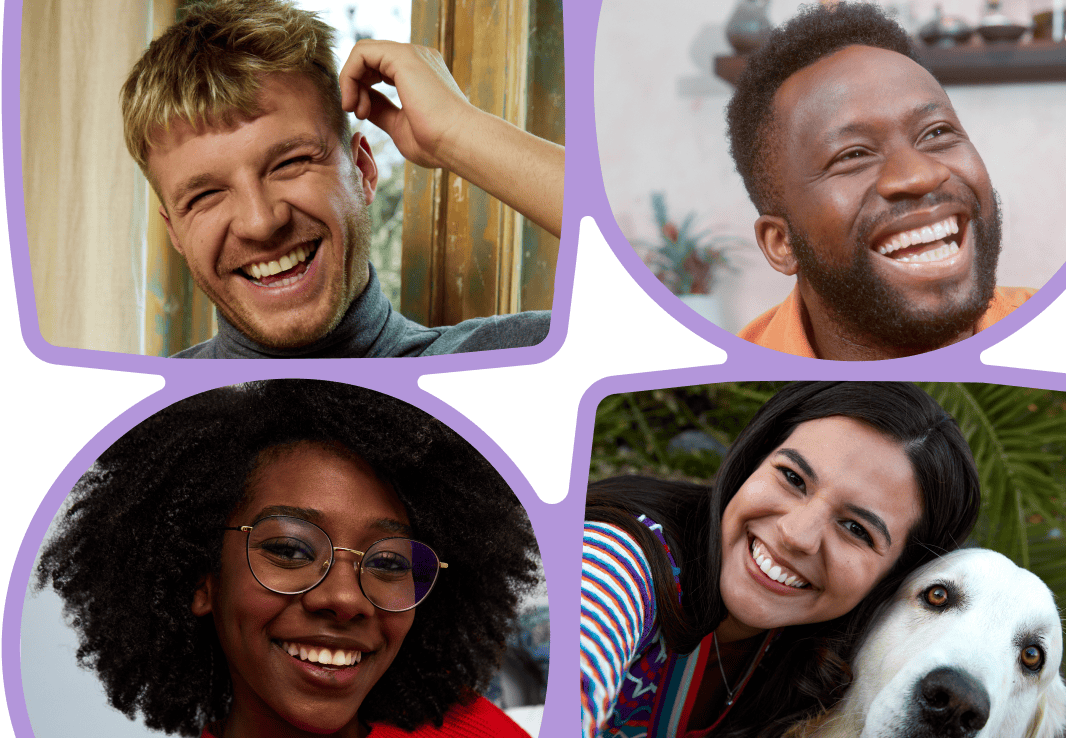There are a large array of sexualities and gender identities that are encompassed within the LGBTQIA+ umbrella. Each letter corresponds to a different type of sexuality or identity.
There is still some confusion around what these letters stand for. It’s important for everyone to understand and recognise what they mean, as each of the sexualities and identities have faced their own struggles, oppression, bigotry, and prejudice.
We live in a time where more and more people around the world are exploring or redefining what their sexuality and gender identity is, and what it means to them.
Sadly, that does not mean we necessarily live in a time where all of those people and sexualities are respected, represented, or even understood.
Everyone can always learn more about other people and their experiences, so we partnered with Switchboard, a leading LGBTQIA+ charity and helpline, to put together this post explaining what each letter stands for.
What Does Each Letter In LGBTQIA+ Mean?
L Is For Lesbian
A lesbian is a woman who is attracted to women.
Famous lesbians include Sue Perkins, Hannah Gadsby, and Virginia Woolf.
The lesbian flag is:
G Is For Gay
Gay men are attracted to other men, although some lesbians might label themselves as gay, as well as others in the LGBTQIA+ community if they’re dating someone of the same gender.
Famous gay men include Ian McKellan, George Takei, Graham Norton, and Luke Evans.
The gay flag is:
B Is For Bisexual
Bisexual people experience attraction to two or more genders.
Remember that a bisexual is still bisexual even if they’re in a monogamous relationship that might seem ‘straight’.
Famous bisexual people include Halsey, Aubrey Plaza, David Bowie, Demi Lovato, Lady Gaga, and James Dean.
The bisexual flag is:
T Is For Transgender
The T in LGBT stands for transgender, which refers to someone whose gender does not match their assigned sex at birth.
Famous trans people include Laverne Cox, Lana Wachowski, Chaz Bono, and Chelsea Manning.
The transgender flag is:
Q Is For Queer
Queer is most often used as an umbrella term by anyone who doesn’t identify as straight or cisgender.
Originally used as a slur against LGBT+ people, the word has been reclaimed and now helps foster a sense of belonging and understanding among the community.
Famous queer people include Ezra Miller and Janelle Monae.
Q Is Also For Questioning
People questioning their sexuality have a place in the LGBT+ spectrum too - whether that’s someone figuring out that they may be attracted to a person of the same sex, or someone who wants to experiment with other types of attraction or genders beyond what they’re used to.
People who already identify as queer in some way can still question their sexuality - your sexuality can change over time and doesn’t have to stay static if you don’t want it to.
I Is For Intersex
Intersex refers to someone with a mix of primary and secondary sexual characteristics.
Famous intersex people include Hanne Gaby Odiele, Seven Graham, and River Gallo.
The intersex flag is:
Badoo is working with River Gallo and other members of the LGBTQIA+ community to create videos that shine a light on their experiences:
Read what dating is like as an intersex person here.
A Is For Asexual
Asexuality is when a person experiences no or very little sexual attraction. Roughly 1% of the population are asexual, but that number is growing thanks to increasing awareness.
Famous asexual people include Salvador Dali, and Nikola Tesla.
The asexual flag is:
+ Is For Everything Not Listed Above
There are many identities and sexualities which aren’t always included in the LGBT initialism. The + encompasses all of following:
Non-binary refers to anyone who doesn't identify as male or female.
Similarly, genderqueer is an umbrella identity for any gender identities which don’t conform to cisnormative ideas, or don’t align with the male/female gender binary.
Genderfluid refers to someone who identifies with elements of both male and female genders, and can switch between them.
We’re also seeing people turning away from traditional gender roles and relationship models, meaning people are more free to define themselves, their relationships, and their sexualities.
This should be encouraged - and one of the best ways we can do that is by understanding the range of sexualities that are out there, what they mean, and we can support them.
If you need help or support, reach out to Switchboard on 0300 330 0630, or visit their website.










